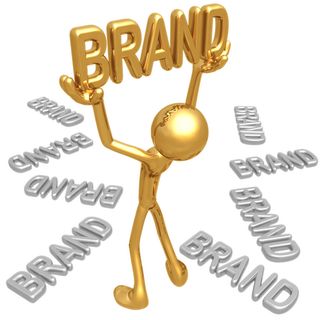I’ll wrap up the discussion we’ve been having (1,2,3) about creating your employment/personal brand by pointing you to one of the best examples of brand transformation that I’ve ever observed…the Old Spice brand.
If you happen to live with teenage boys, you’re probably already aware of the transformation the Old Spice brand has undergone over the last couple of years. The whistling, nautical, bearded guy is long gone and has been replaced by the new Old Spice guy who connects with younger folks.
Don’t take this the wrong way, but there are many real estate offices that have brands that are similar to the original Old Spice image—old, stodgy, not connected with modern life. The good news…a transformation is possible.
How did Proctor and Gamble (Old Spice’s parent company) pull this off? Obviously, they put a lot of time, resources, and talent into creating the new image. But, they also did an exceptional job of communicating and maintaining their reinvented brand through online tools, such as YouTube. Take a look at this example:
On the first page of a YouTube search on “Old Spice,” you’ll notice that Old Spice videos have generated more than 100 million views.
In fact, Old Spice has become so proficient at promulgating their new Old Spice Brand online, they are forgoing a Super Bowl ad this year and instead are releasing their next ad today (on February 7th—after the Super Bowl) through a specially chosen superfan, who has enough connections to make their ad go viral on the internet. You might want to see if you can find it online!
"Smelling like a man" is not the only thing you can learn from the Old Spice guy. Try applying these principles as you develop, communicate, and maintain your brand online:
- Think Outside Your Original Image. The Old Spice image transformation was successful because marketers thought completely outside the boundaries of their original brand. They were able to capture new customers and take on some significant competitors (Axe, Irish Spring, etc.) by imaging something completely different. This doesn’t mean that you have to become something you’re not (Old Spice is still good smelling stuff for guys—always has been), but does mean focusing the public’s attention on something that is interesting and engaging for those candidates you’re trying to attract.
- Be Consistent. Once you’ve developed your brand, consistently portray that image when you communicate with others. Start by practicing with those who are already on your team. Invite your existing agents to help by communicating the office’s brand to those in their networks. If it’s fun and interesting, the image will take on a life of its own. My teenage boys walk around the house teasing each other because they don’t smell like a man. Needless to say, they own a lot of Old Spice.
- Use both Online and Offline Avenues to Promote and Maintain Your Brand. Branding expert Dan Scwabell has compiled some great ideas for communicating your employment brand. Before you take a look at Dan’s ideas, it is important to heed the golden rule of promoting yourself:
“Put on your personal PR hat and start to promote your materials. Before you go crazy with self-promotion, realize that the most successful people are able and trained to promote the work of others as well.”
I hope you’ll take what you’ve learned over the past couple of weeks and start the process of making your employment brand a success. As you find good ideas, please share them with me and I’ll republish. I’m sure there are others in the WorkPuzzle community who would be interested in your success. As I notice things over the months ahead, I’ll occasionally swing back and revisit the topic with some updates.
Editor's Note: This article was written by Ben Hess. Ben is the Founding Partner and Managing Director of Tidemark, Inc. and a regular contributor to WorkPuzzle. Comments or questions are welcome. If you're an email subscriber, reply to this WorkPuzzle email. If you read the blog directly from the web, you can click the "comments" link below.











